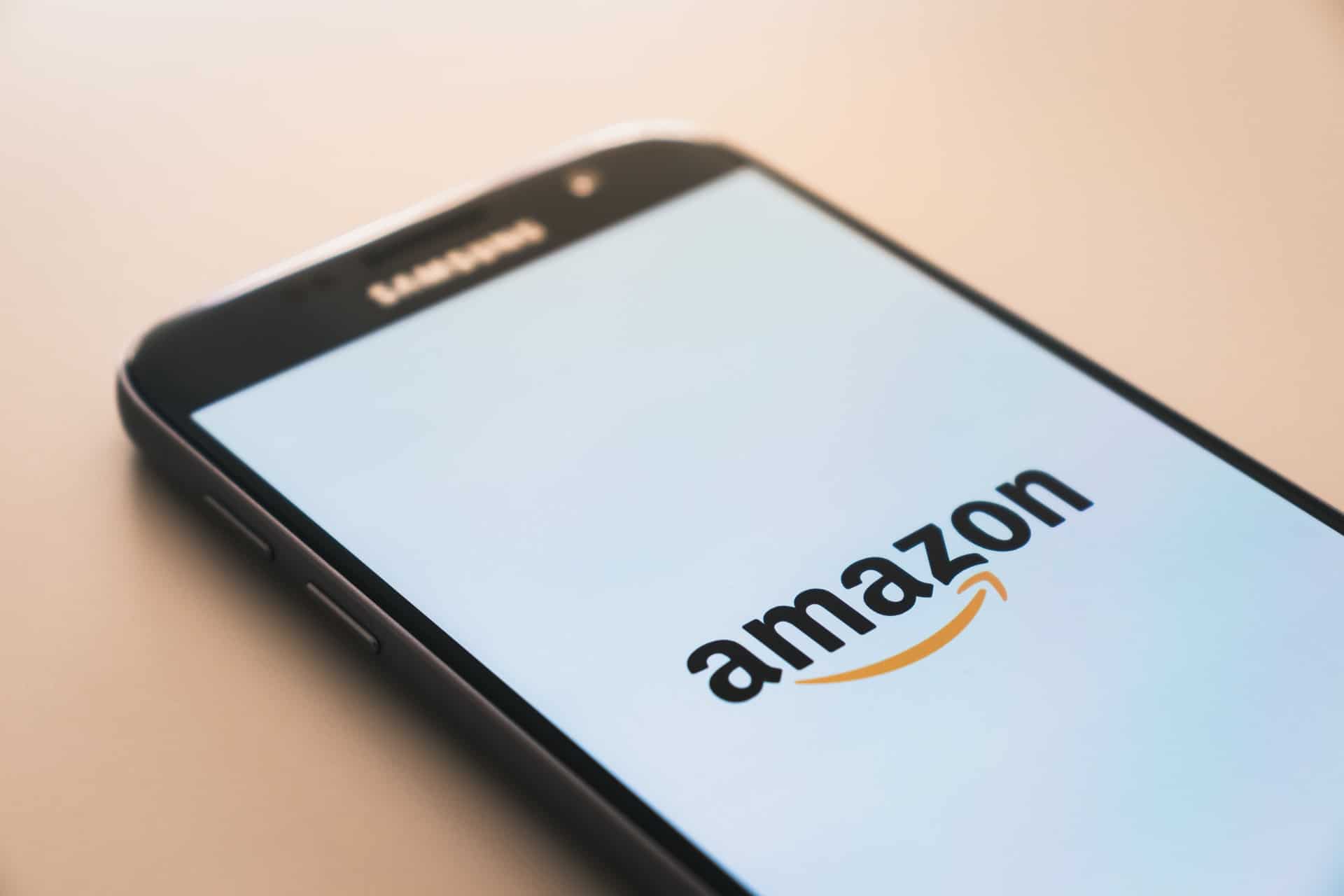It seems like every day; there’s a new way to celebrate a wedding. While some couples are still adamant about having a traditional wedding with all of the bells and whistles, others are choosing more creative options. One question often comes up is whether or not to send digital wedding cards or printed cards. This blog post will look at the pros and cons of a Digital Wedding Card so you can make the best decision for your big day.
The pros and cons of sending a digital wedding card
Are you planning a wedding and trying to figure out whether to send traditional wedding invitations or go digital? Here are some pros and cons of sending a digital wedding card.
Avoid Printing Delays and Costs
One of the main advantages of sending a digital wedding card is that you can avoid printing delays and costs. Working with a tight budget or timeline can be a significant benefit. You’ll also have more control over the design of your card since you won’t be limited by what a printer can do.
You Can Include More Information
With a digital wedding card, you can include as much or as little information as you want. There’s no need to worry about fitting everything onto a tiny card. You can also have the following:
- Links to your wedding website.
- Directions to the venue.
- Anything else your guests might need?
You Can Add a Personal Touch wedding card design.
With a digital wedding card design, you can add a personal touch that you might not be able to with a printed card. For example, you can include a happy couple video message or a photos slideshow. You can also add interactive elements, like RSVP forms and maps.
Digital Cards are Easy to Share
One of the best things about digital wedding cards is that they are so easy to share. Your guests can forward the card to anyone who might have missed it, and they can even post it on social media to help spread the word about your big day.
You can also use a digital wedding card to share other important information, like your registry information, hotel room blocks, and anything else your guests might need.
Digital Cards are More Affordable
If you’re on a budget, digital wedding save the date magnets and money. Printing costs can add up, especially if you invite many people to your wedding.
Digital Cards are More Environmentally Friendly
If you’re looking for a way to be more eco-friendly, digital wedding cards are a great option. You won’t have to worry about wasting paper or using extra resources to print your cards. Plus, your guests can recycle the digital card after your wedding.
Digital Cards are More Versatile
With a digital wedding card, you can include more information than you could fit on a traditional card. You can also include links to your website or blog, a great way to share additional information with your guests.
Online RSVPs
If you choose to include online RSVPs with your digital wedding card, you’ll easily keep track of who is coming and who isn’t. It can help when planning your seating chart or ensuring you have enough food for everyone.
There are a few disadvantages to consider as well.
You’ll Need an Internet Connection
You’ll need an internet connection to send and receive digital wedding cards. It isn’t a problem if everyone on your guest list has access to the internet, but it could be an issue if some of your guests don’t have email addresses or live in rural areas with spotty internet service.
You May Not Get as Many Views
While more and more people are using the internet regularly, some still prefer traditional methods like printed wedding invitations. If you go the digital route, you may not get as many views as you would with a printed invite.
You’ll Need to Plan Ahead
You’ll need to plan and send your invitations out early to go the digital route. This way, everyone on your guest list will have time to receive and open the invite.
You May Not Get as Many Replies
While digital wedding cards are convenient, you may not get as many replies as you would with a printed card. Some people still prefer the traditional method of sending back a reply card.
You’ll Need to be More Creative
You’ll need to be more creative with a digital wedding card to make it stand out. This means using eye-catching graphics and an exciting layout.
It May Not be as Memorable
While a digital wedding card may be convenient, it’s not as memorable as a printed one. Your guests may not keep it as a keepsake or display it in their homes like they would with a traditional invite.
So what’s the right choice?
Concerning wedding invitations, there are pros and cons to both digital and printed options. Digital wedding cards offer convenience and can be customized with a unique design. Plus, they can save money on printing costs and postage fees. However, some may argue that nothing beats the elegance and personal touch of receiving a physical wedding invitation in the mail. Printed wedding cards also serve as a keepsake for yourself and your guests. Ultimately, the right choice depends on your wedding style, budget, and personal preferences. Perhaps a mix of digital and printed save-the-date wedding cards could be the perfect solution! Whatever you choose, make sure to send out those invites in plenty of time for your special day.
Conclusion
Sending a digital wedding card is more environmentally friendly than sending a paper one. It’s also less likely to get lost in the mail or the recycling bin. However, there are some drawbacks to consider. Digital cards can be easy to overlook amid all the other emails in your guests’ inboxes. They also lack the personal touch that comes with receiving a physical card. If you want to make sure your invitation stands out and makes a lasting impression, go for a gorgeous printed design like our collection of save-the-date wedding cards.




